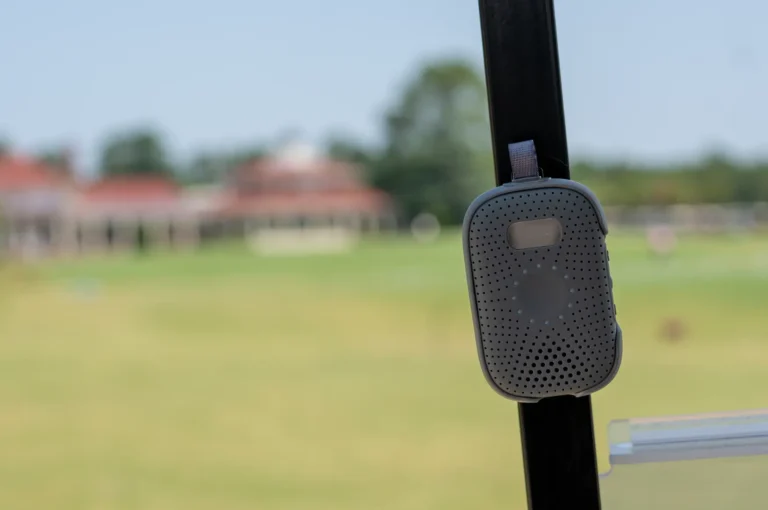As school administrators, you know that one of the most important ways to have a successful school year is to keep students and parents happy. A vital way to do this is to establish consistent and productive communication practices.
You don’t want to be known as an educator who is aloof. Instead, you want to be known as a good communicator or, even better, a good listener and a person who can be trusted. Here are some practices that can help establish that all-important trust that will keep students and parents happy throughout the school year.
Start Early
Effective communication should be established before the school year begins. Like any relationship, you don’t wait three weeks to say hello. You should reach out early to show that you care.
Introductory emails are a good start. As an administrator, you can send a welcome message and inform your students and parents about important dates in the upcoming school year.
Teachers should also send introductory emails. These emails should inform students and parents about the class, including the teacher’s expectations and grading policies. Teachers can also explain the best way to contact them and when they will provide extra help to students.
Start Positive
Starting on a positive note is of the utmost importance, and it’s a great way to build a good relationship. You don’t want any communication from the school to be assumed as negative. That’s how it used to be. A parent would get a call from the school and think, “What did my kid do this time?”
If you start positively, you can eliminate that assumption and make parents and students realize that calls or emails are not always about something negative. Once you establish that, people will look forward to your communications. Then, when it’s time to make those tough calls, they won’t be as tough to make.
Town Halls
Town halls are a great way to communicate with students and parents. They allow you to relay important information and give students and parents a place to voice their concerns. It’s a good way to “take the temperature” of the school.
Town halls can be held during school hours for students. Have an agenda and, whenever possible, get the students involved or even have them facilitate it.
Parents may attend town halls in person in the evening. It’s also possible to do it online, which may be more convenient for parents who work long hours. Again, have an agenda and, if possible, get parents involved in the planning.
Grading and Communication Platforms
Several online platforms exist that schools can use as communication platforms between the school, students, and parents. Most platforms combine communication and grade posting, making it easy for both students and parents to be updated on students’ grades.
These online platforms usually have a free trial period during which you can test them out to see if they’re the right fit for you. Once you settle on one, it can be a convenient way to keep up with timely communications.
School Website and Social Media
Make sure your school has a website and is utilizing social media platforms. When parents and students search for information, the most likely place they’ll start is with a search on the internet. You want them to be able to find your school website easily.
You’ll appear behind the times if you’re not utilizing social media. Social media has become the default mode of consuming information, especially among young people. Taking advantage of these platforms is an important way to spread awareness of the great things happening in your school. It’s also a chance for you to arouse interest in potential students.
Overcome Language Barriers
If your school has an ELL population, you will need to find a way to communicate with students and parents in their first language. Be ready to translate letters, emails, or other communications into the families’ first languages.
Translation programs make fast and easy work of translating documents into parents’ first languages. Take advantage of their features to keep all parents in the loop, regardless of their first language.
Establishing communication bonds and showing parents and students that you care enough about them to make the extra effort to communicate with them in their first language is good. Otherwise, they’ll feel left out and unwelcome.
Document All Communications
It’s a good best practice to document all communications, especially with parents. Whether it’s in a spreadsheet or an old-school notebook, document everything, even if you attempted to communicate but couldn’t.
The last thing you want is a disgruntled parent complaining that “you never told me…” With proper documentation, you’ll always have proof that you communicated.
Utilize Parent Volunteers
If school policy allows it, parent volunteers can help with communications. They can send emails, update the school website, and help with social media posts. It’s also a good idea to get parents involved in planning town halls and other school events. Many times parents have a unique perspective that you might not have considered.
Parents might spend a few hours per week at the school helping with these tasks or could help remotely. Either way, you’ll find parent involvement will only add to the positive environment you are trying to create in your school.
Surveys
Surveys can be a valuable method for obtaining information about your parents and students. For parents, you can find out what time and day are best to call them and which language they are most comfortable communicating in.
You might ask students how they feel most comfortable learning. For example, do they like working in groups, or are they more individualistic? Learning these things in advance can save teachers from uncomfortable moments in the classroom.
Communication Is Key
By following these practices, you can develop positive and trusting relations between you, your parents, and your students. With consistent implementation, you’ll keep your parents and students happy for the whole school year.






